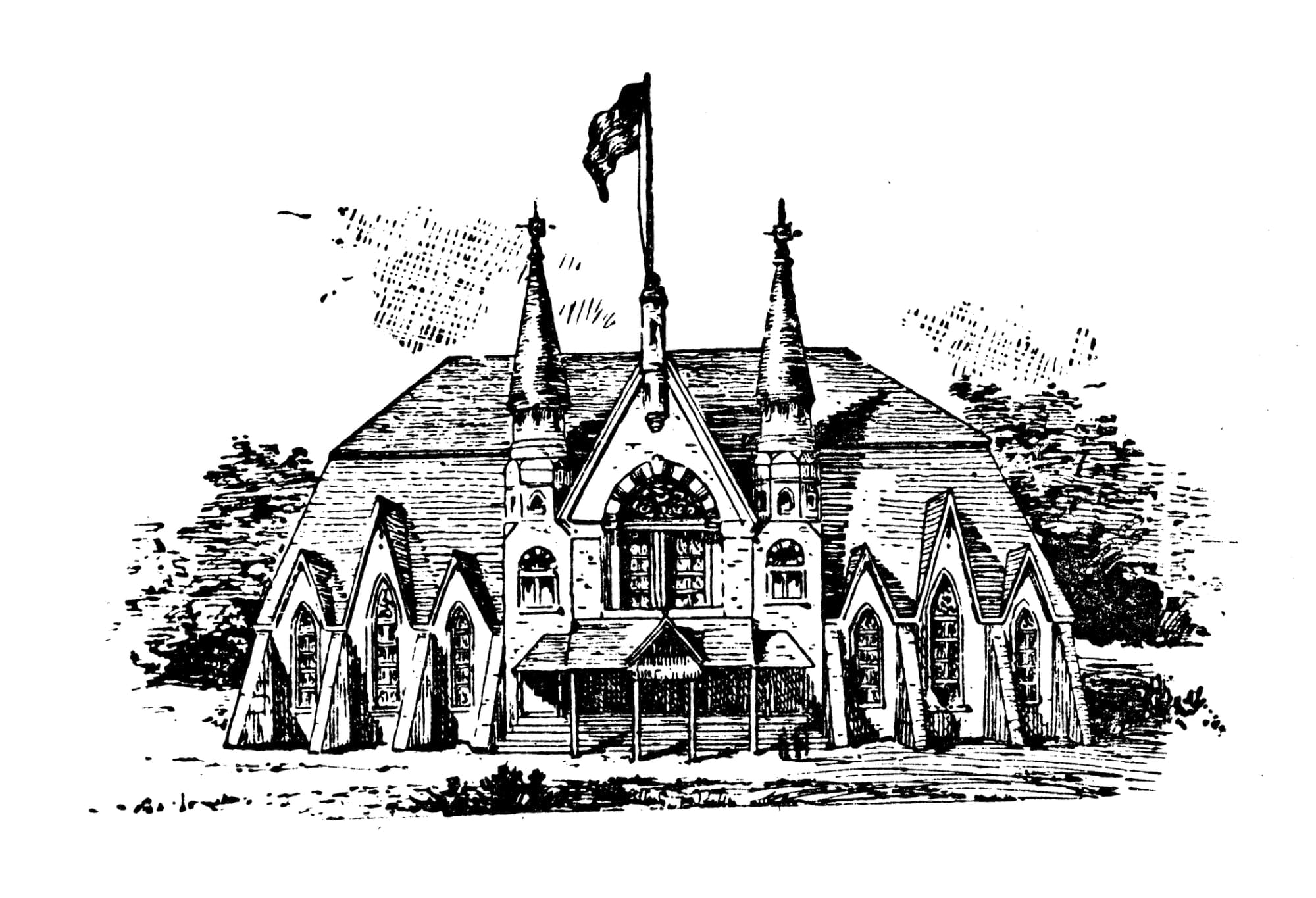The history of public universities in the United States dates back to the early days of the country’s founding. Public universities have played a vital role in the development of higher education and have been instrumental in shaping the intellectual landscape of the nation.
The first public university in the United States is often considered to be the University of North Carolina at Chapel Hill, which was founded in 1789. However, a number of other public universities were established in the early years of the country’s history, including the University of Georgia in 1785 and the University of Virginia in 1819.
These early public universities were founded with the goal of providing accessible and affordable higher education to the citizens of their states. They were often supported by state funding and were governed by elected boards of trustees. The curriculum at these universities typically focused on classical studies and professional training, such as law and medicine.
In the 19th century, the idea of public universities gained popularity as states began to see the value of investing in higher education. Land-grant universities were established under the Morrill Act of 1862, which provided federal land grants to states for the purpose of creating institutions of higher learning that focused on agriculture, engineering, and other practical subjects.
The establishment of land-grant universities helped to expand access to higher education in the United States and played a key role in the country’s economic development. These universities also contributed to the growth of research and innovation in fields such as agriculture, engineering, and the natural sciences.
The 20th century saw a significant expansion of public universities in the United States, as the demand for higher education continued to grow. The GI Bill, passed in 1944, provided funding for veterans to attend college, leading to a surge in enrollment at public universities.
Today, public universities in the United States play a critical role in providing higher education to millions of students each year. These institutions offer a wide range of programs and opportunities for students to pursue their academic interests and career goals.
Public universities are also at the forefront of research and innovation, conducting groundbreaking studies in fields such as medicine, technology, and the social sciences. They serve as hubs of knowledge and learning, bringing together students, faculty, and researchers from diverse backgrounds and perspectives.
Overall, the history of public universities in the United States is a story of growth, innovation, and opportunity. These institutions have played a vital role in shaping the intellectual and cultural landscape of the nation, and they continue to be a driving force in higher education and research.
